
Did you go birding on 1st January? The great thing about birding on New Year’s Day is that all the birds are new for the year list and as such almost all the birders I know are keen to get out on the first day of the year, and this year I was no exception. A gloomy morning was unexceptional and I had in my mind that the first bird of 2021 would be one of the commonest birds of the area; House Sparrow, Magpie, Common Starling, Collared Dove or suchlike so it was a huge surprise to open the door and hear a Corn Bunting in full song. A singing Corn Bunting on 1st January doesn’t sound like something very likely but a quick scan of the bushes in front of the house revealed the singing male which was quickly joined by a second bird, presumably a female. From home the route I took was along a chalk stream, through old gravel pits and farmland with a stop at an old churchyard for a nice variety of local birds including a few interesting ones.
Most Corn Bunting populations in UK form winter flocks but in this area they seem to stay more or less on the territories they occupy in spring and summer. As it is red data listed in Britain this was a nice bird to start the year with.
Very shortly after the Corn Bunting I saw my first Redwings flying overhead, making their distinctive call and through the course of my walk this smart little thrush turned out to be the commonest bird in the area. A few days earlier there had not been anywhere near as many so it seemed like there had been a big influx of them and they were doing their best to strip all the local hawthorn trees of their berries.
The other migratory thrush that most UK birders will be seeing right now is Fieldfare. This large thrush is easily located from its loud chucking call and I saw a few in flight before coming across a flock of around 30 birds feeding with Redwings.
My route took me through an area of old gravel pits which are now used for recreational fishing. Here I was able to add Great Crested Grebe, Tudted Duck, Mute Swan and Common Pochard to my rapidly-growing if tiny year list but it was at an area of old watercress beds that I was hoping for something more exciting and I was not to be disappointed. While searching, unsuccessfully, for a Woodcock I spotted a movement in a ditch which turned out to be a Water Rail. I was able to watch it at close rnage but due to poor light and lots of twigs in the way I was unable to get a photo that I didn’t instantly delete. However, it was a nice bird to see on my first birding walk of the year and I had to amuse myself with photos of noisy Ring-necked Parakeets and a singing Song Thrush.
Listening to this Song Thrush brought a bit of cheer to an otherwise dark and dismal day. I was surprised when I heard Song Thrushes singing so strongly a few weeks ago which I captured in this video – Song Thrush Singing – and the music seems to continue. Another bird which is famous for its winter song is Robin and they are common through much of UK which is the case in this area. Several singing Robinsgave me plenty of opportunity to try out some photos at a high ISO on the camera. No bird is a symbol of the season as a Robin.
Green Woodpecker, Mistle Thrush, Great Spotted Woodpecker and a Grey Heron sitting on some fallen trees were all pleasant sightings too while a total of 21 Cormorants in a tree was the highest number I have ever seen in this location in over 40 years of birding here.
As the morning moved on into the afternoon and the light got even gloomier bird activity really started to drop off but a stop in a local churchyard gave me nice views of common birds such as Blue Tit, Chaffinch, Great Tit, Long-tailed Tit and ever more Redwings.
With the cold creeping into my toes I decided it was time to head back for some hot soup. Although I had great plans to track down all the local species I know of in one day in the end the idea of lunch reminded me that they will all still be there tomorrow so I put on hold looking for Coal Tit, Little Owl, Skylark, Grey Wagtail and Linnet for another day. On the way back however, a flock of geese flew by that contained Greylag, Canada and Egyptian Geese, the latter species becoming ever more common in this area.
A nice beginning to the year’s birding with plenty more to look forward to as well. Did you have any good sightings to start yur year list with?


 January 4th, 2021
January 4th, 2021  Nick
Nick 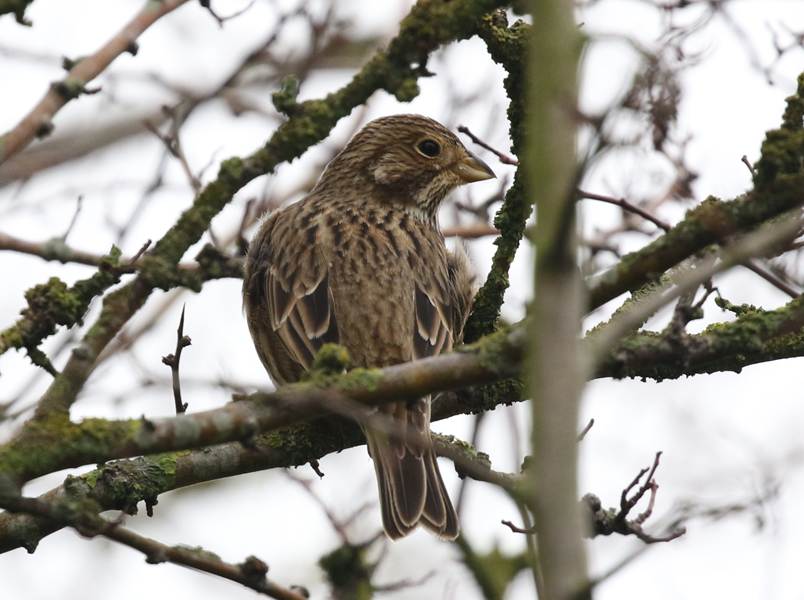
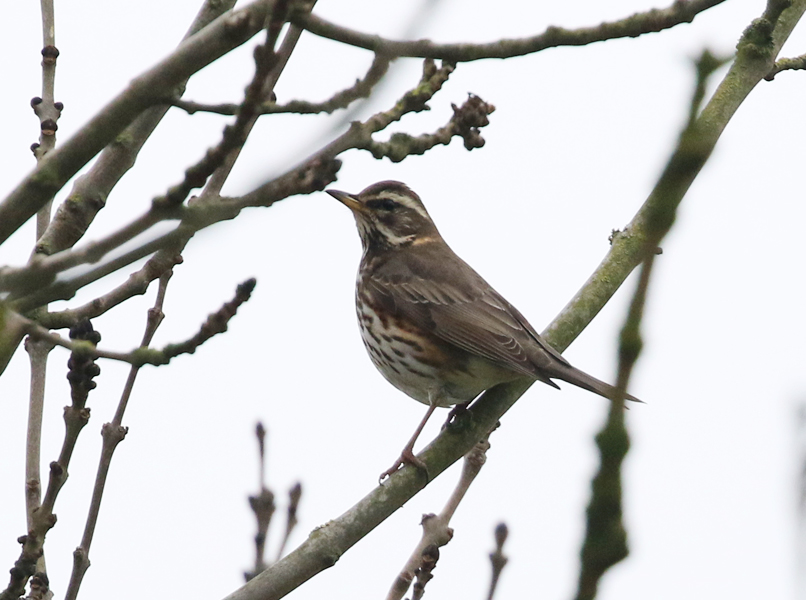
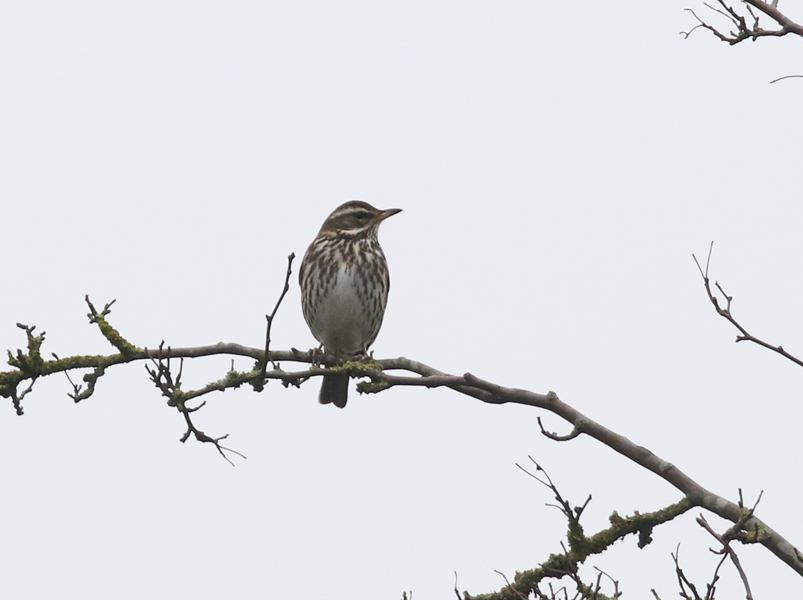
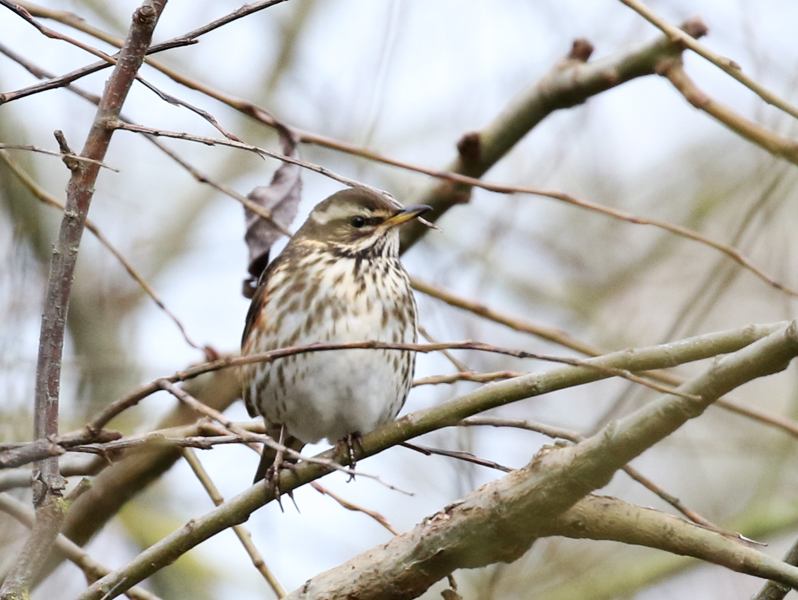

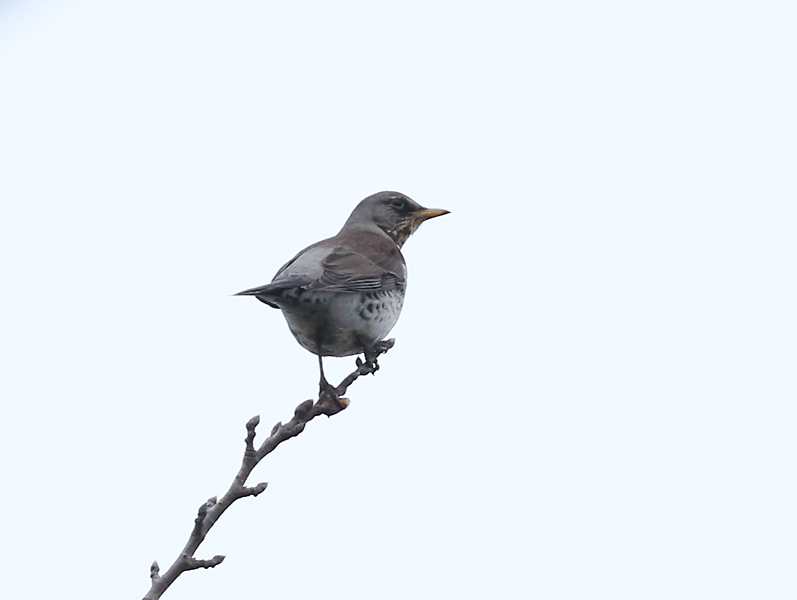
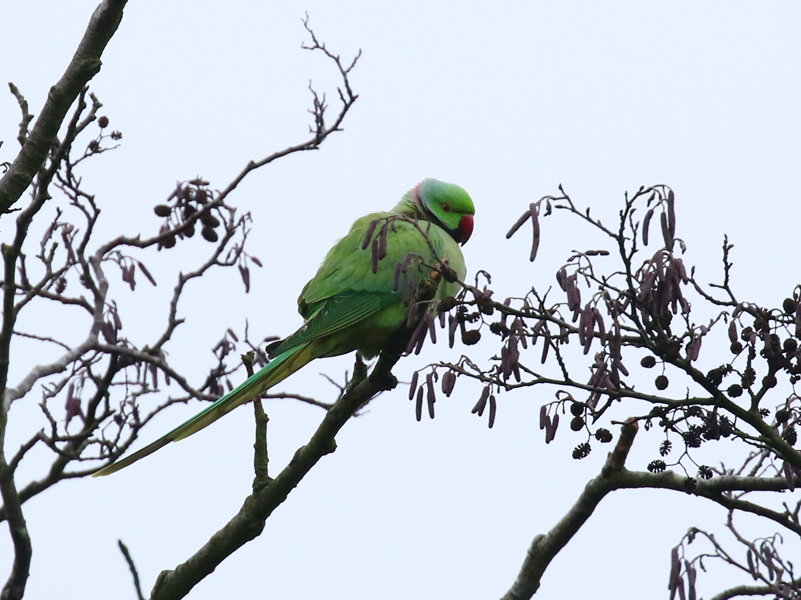
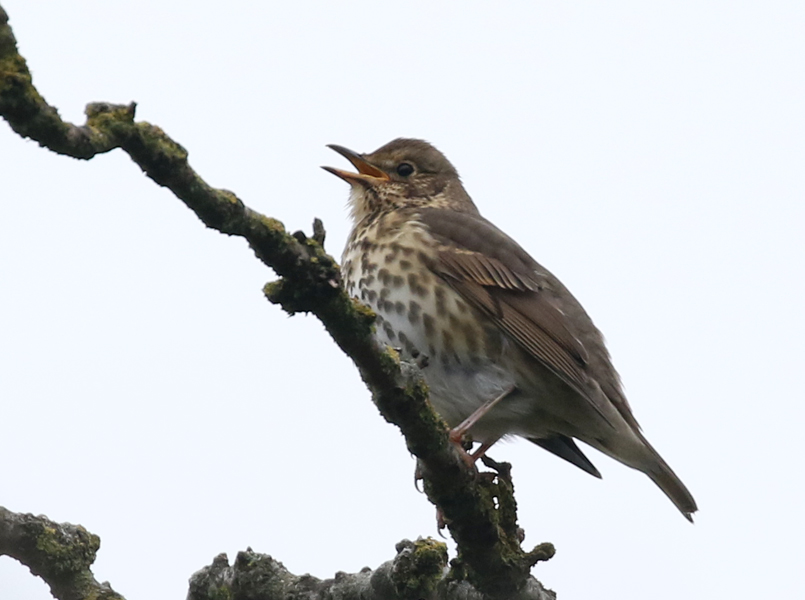

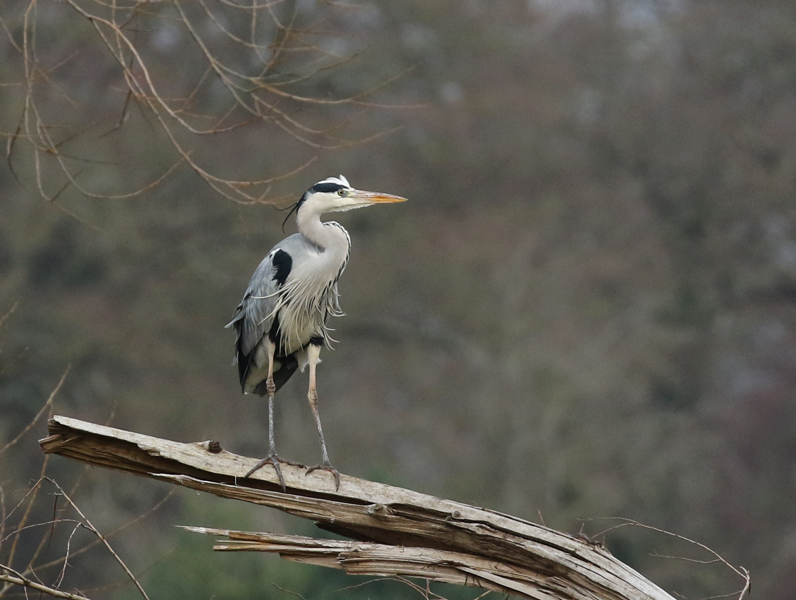
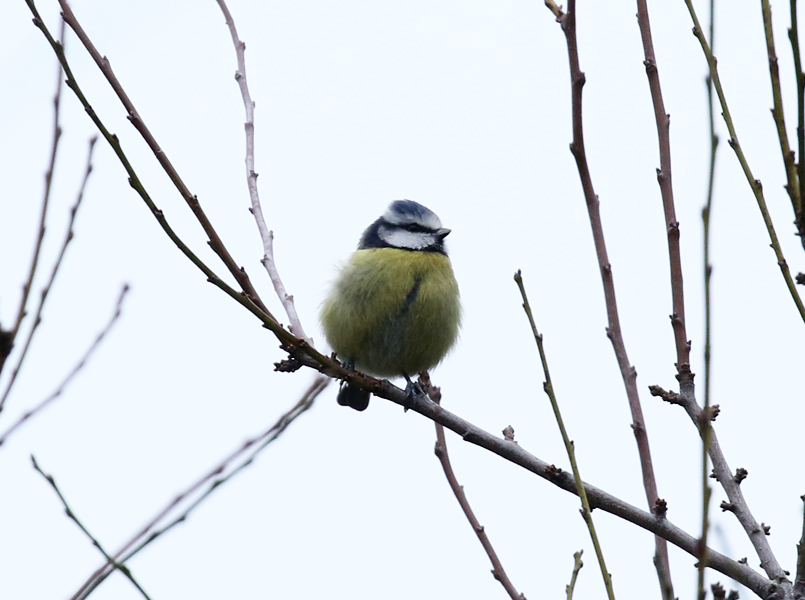
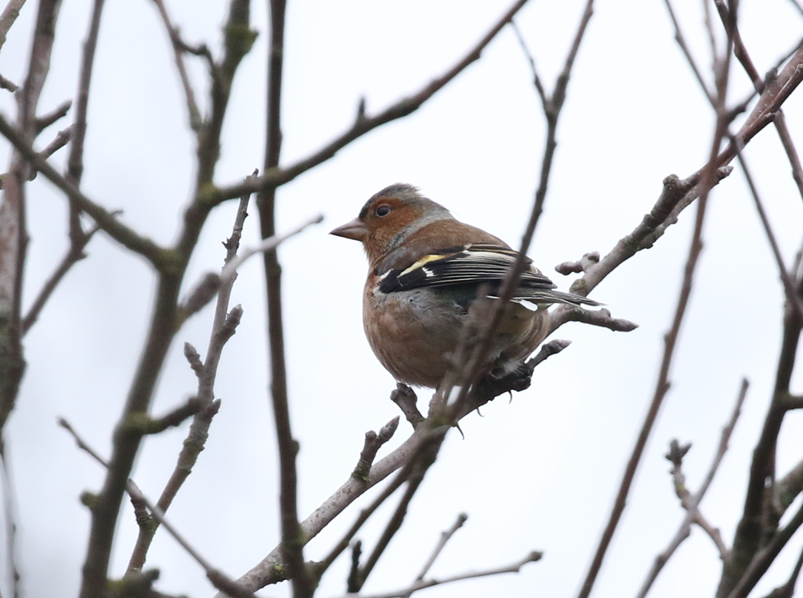
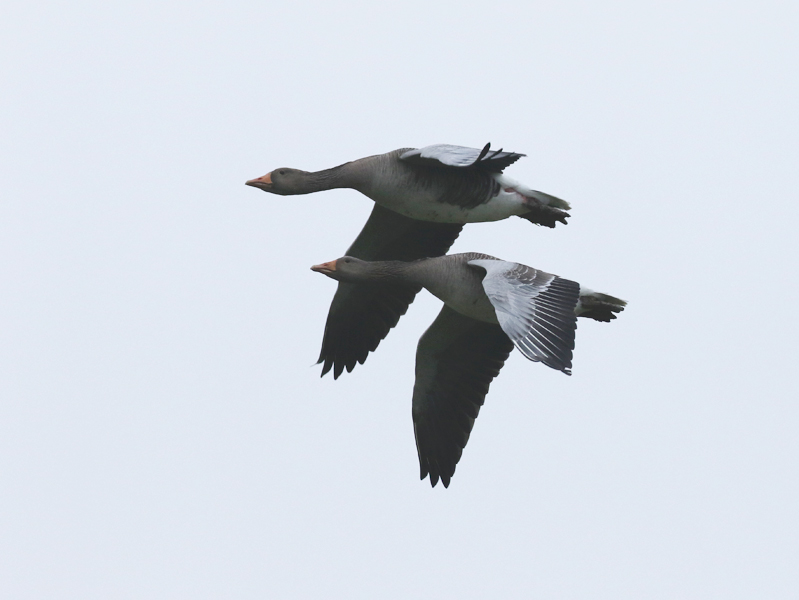
 Posted in
Posted in  Tags:
Tags: 










